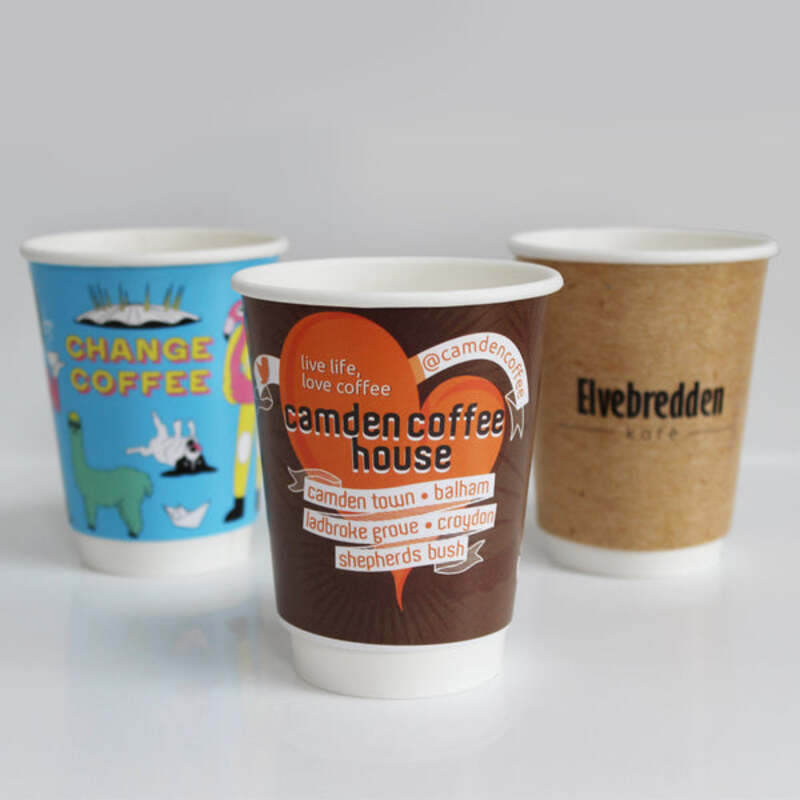The Importance of Food Packaging Supplies in Modern Consumption
In an age where convenience is key, food packaging supplies play a crucial role in our daily lives. From groceries to meal deliveries, effective packaging helps ensure that food remains safe, fresh, and appealing to consumers. This article delves into the various types of food packaging supplies, their importance, and the evolving trends shaping the industry.
Types of Food Packaging Supplies
1. Primary Packaging This type encompasses the materials that come into direct contact with the food product. It includes items like plastic wraps, glass containers, aluminum cans, and vacuum-sealed bags. Primary packaging is designed to preserve the quality of food by providing a barrier against air, moisture, and contaminants.
2. Secondary Packaging Secondary packaging refers to the outer layer that holds several primary packages. Examples include cartons, boxes, and shrink wraps. This type of packaging not only provides support during shipping and handling but also serves as a marketing tool, displaying important product information and branding.
3. Tertiary Packaging This is used for bulk handling and transportation. Large cardboard boxes, pallets, and shipping containers fall under this category. Tertiary packaging is designed to protect products during transit and storage and facilitates easy movement and stacking.
Importance of Food Packaging Supplies
1. Preservation One of the primary functions of food packaging is to maintain product freshness and extend shelf life. Packaging materials such as vacuum-sealed bags and modified atmosphere packaging help slow down the deterioration process by minimizing exposure to oxygen and moisture.
2. Safety Food safety is paramount, and effective packaging plays a key role in preventing contamination. Properly sealed packaging ensures that food items are protected from bacteria and pests, significantly reducing the risk of foodborne illnesses.
3. Convenience In our fast-paced world, convenience is everything. Easy-to-open packaging and single-serving sizes cater to on-the-go consumers. Additionally, resealable bags and containers help maintain food quality while providing ease of use.
food packaging supplies

4. Sustainability With growing environmental concerns, the packaging industry is evolving to incorporate sustainable practices. Many companies are adopting biodegradable materials, reducing plastic usage, and improving recycling efforts. This shift not only helps the environment but also appeals to environmentally conscious consumers.
5. Brand Differentiation Food packaging is a powerful marketing tool. Eye-catching designs and innovative packaging can make a product stand out on shelves. Brands invest time and resources into creating unique packaging that resonates with consumers, conveying their values and quality.
Trends in Food Packaging Supplies
1. Eco-Friendly Materials As awareness about plastic pollution increases, more brands are exploring alternative materials. Bioplastics, recycled paper, and compostable materials are gaining popularity as sustainable options that meet consumer demands for eco-friendly practices.
2. Smart Packaging Technology is finding its way into food packaging. Smart packaging integrates sensors that can monitor temperature, humidity, and freshness levels, providing consumers and producers with real-time data about product conditions. This innovation helps ensure food safety and quality throughout its lifecycle.
3. Minimalist Design A trend towards minimalism is emerging in food packaging. Simple designs with clear labeling foster transparency and trust. Consumers are increasingly favoring brands that prioritize straightforward, honest packaging that reflects the authenticity of the product inside.
4. Personalization Personalized packaging is becoming a popular way to enhance consumer engagement. Custom labels or tailored packaging solutions allow brands to connect more closely with their target audience, fostering a sense of belonging and loyalty.
5. E-commerce Solutions With the rise of online shopping, packaging designed specifically for e-commerce is essential. Brands are focusing on creating durable, attractive, and protective packaging that withstands shipping processes while providing a delightful unboxing experience for consumers.
Conclusion
In conclusion, food packaging supplies are integral to modern consumption — serving vital roles in preservation, safety, convenience, branding, and sustainability. As the industry continues to evolve with trends focused on eco-friendliness and technology, the packaging of food products will remain a significant factor in consumer choices. Staying informed about these shifts not only benefits companies but also helps consumers make more responsible decisions about the products they choose. The future of food packaging holds exciting potential, driven by creativity and a commitment to sustainability.



